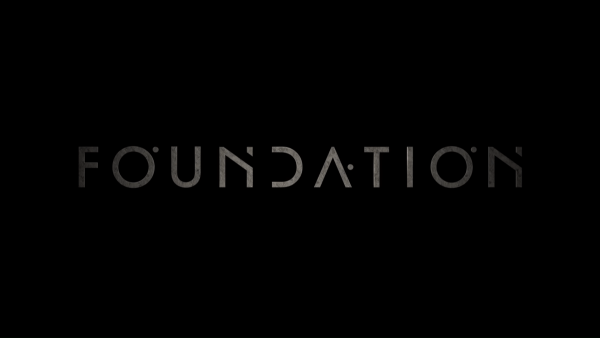#What are the health impacts of the Sahara dust storm?
Table of Contents
“#What are the health impacts of the Sahara dust storm?”
The orange, sandy particles blanketing Africa’s Sahara Desert, which covers the northern head of the continent, created dust clouds that plowed across the Atlantic Ocean, into the Caribbean and across the southeastern United States this week before taking a turn northwest on Friday.
As photos of the dust’s impact start to circulate, spurning memes about how dreadful 2020 has become, questions have risen about the dust’s health impacts and what it means for the coronavirus pandemic.
What are the health effects of the Sahara dust storm?
Dr. K Max Zhang from Cornell University’s Sibley School of Mechanical and Aerospace Engineering studies the health impacts of atmospheric particulate matters.
He told The Post there’s three things to consider when it comes to the Sahara dust cloud: the size of the particles, the concentration and the composition of the particles.
When it comes to size, Zhang said approximately 30% of the dust coming from the Sahara is considered to be “fine,” which makes the health impacts much worse.
“Typically, the smaller particles can penetrate deeper into the lungs and the health impacts become more [serious],” Zhang told The Post.
“Particles cause respiratory health effects and irritation and the smaller particles can cause cardiovascular issues and a whole sweep of other health impacts.”
Zhang said the more concentrated the particles are, the more likely there will be health effects. So in states like Texas, Louisiana and territories like Puerto Rico, which all saw higher concentrations of dust, residents there can expect a higher risk of health effects, Zhang said.
Finally, the chemical composition is an extremely important thing to consider and hasn’t been discussed enough, Zhang said.
“We are also talking about a phenomenon, an atmospheric process that brings particles from southern places miles away,” Zhang said.
On that voyage over, the particles pick up all sorts of pollutants, including emissions, soot and exhaust particles, making the dust that’s landing in the U.S. “much more toxic” than what’s actually found in the Sahara, Zhang said.
The consequences of breathing in the dust can include everything from sneezing, coughing, difficult breathing to premature death, Zhang said.
“If you already have a respiratory issue, you’ve been sick, and the higher pollutant level just shortens the lifespan. The reaction from those pollutions likely depends on the individual.”
What does the Sahara dust storm mean for the coronavirus?
Poor air quality and high amounts of toxic dust affect anyone with a pre-existing respiratory condition, Zhang said. The same goes for those suffering with the coronavirus.
“Even more of a reason to wear a mask,” Zhang said, adding breathing in the dust can make for a worse prognosis for COVID-19 patients.
On May 5, Harvard University’s T.H. Chan School of Public Health released a study showing air pollution is linked to higher COVID-19 death rates. The study is yet to be peer reviewed.
Why does this happen and why is this Sahara dust storm so big?
Randy Adkins, a senior meteorologist with AccuWeather, said dust clouds from the Sahara are a natural phenomenon that occurs each year in June and July.
“It’s just a seasonal thing that happens across portions of Africa where you have storm systems that develop along the boundary between the African Savannah and the tropical portions of Africa and the Sahara desert itself,” Adkins told The Post, saying the region is known as the “Sahell.”
“Between say early to mid-June and mid to late July, that’s the time period in which thunderstorm activity from the deeper tropics tends to lift northward and with that increase of thunderstorm activity, the dry, arid soil that is in place across the Sahell during the spring, it is prone to developing these dust storms when these thunderstorms take place,” Adkins went on.
“You got a large thunderstorm complex that produces gusty winds and the ground surface itself is still very dry from the long dry season so those conditions are such that dust gets wafted into the atmosphere in very large quantities.”
While the phenomenon happens every year, Adkins said it’s “hard to explain” why 2020’s was so large.
“You can’t really attribute it to climate change, so I can’t say that’s the answer,” Adkins explained.
“In this particular case it’s just a matter of the thunderstorm activity that was taking place over the African continent was sufficiently expansive and strong enough [to create the clouds] … not only did it cover a large area, but [the storms] were fairly robust in nature.”
If you want to read more News articles, you can visit our General category.
if you want to watch Movies or Tv Shows go to Dizi.BuradaBiliyorum.Com for forums sites go to Forum.BuradaBiliyorum.Com



